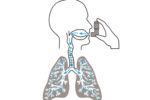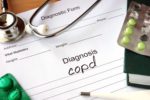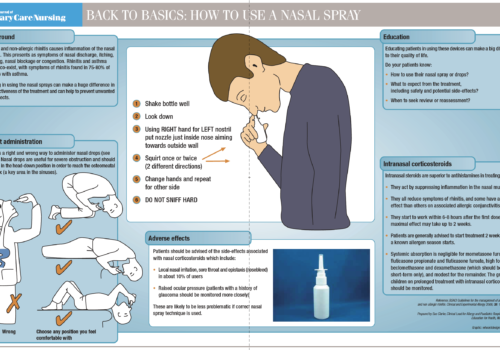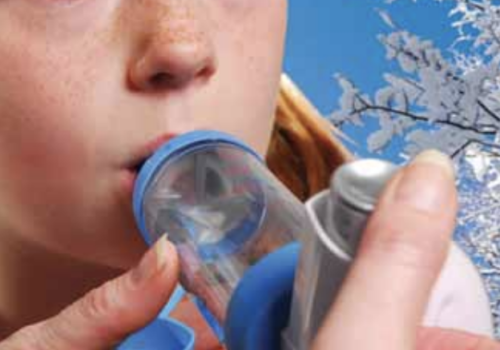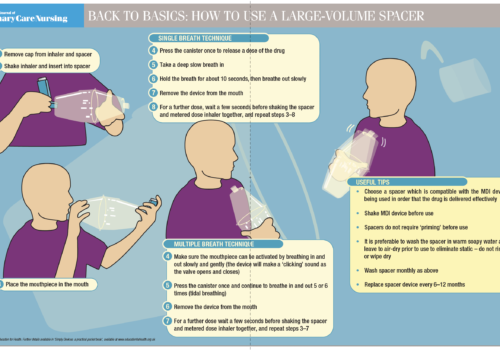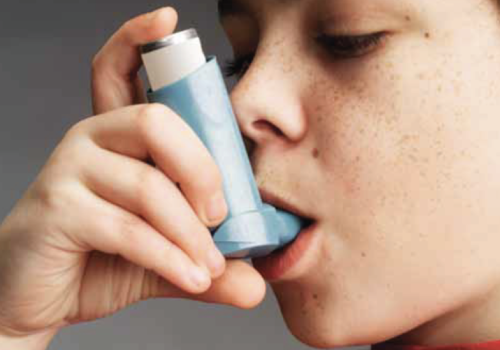Children with a cough commonly present to practice nurses. All children cough and often
cough repeatedly, with the majority of episodes associated with self-limiting viral
infections for which there are no effective treatments. Coughing can be highly
distressing for the child and their family members, and can have a significant impact on
a child’s sleep, play and performance in school. Although cough may often be related to
diagnosis of asthma, this is by no means the only cause. The British Thoracic Society recently
published guidelines for the assessment and management of cough in children up to 12 years of
age without known lung disease. Practice nurses and their GP colleagues will find these new
guidelines valuable for diagnosis and management of cough. This article summarises the main
recommendations.
